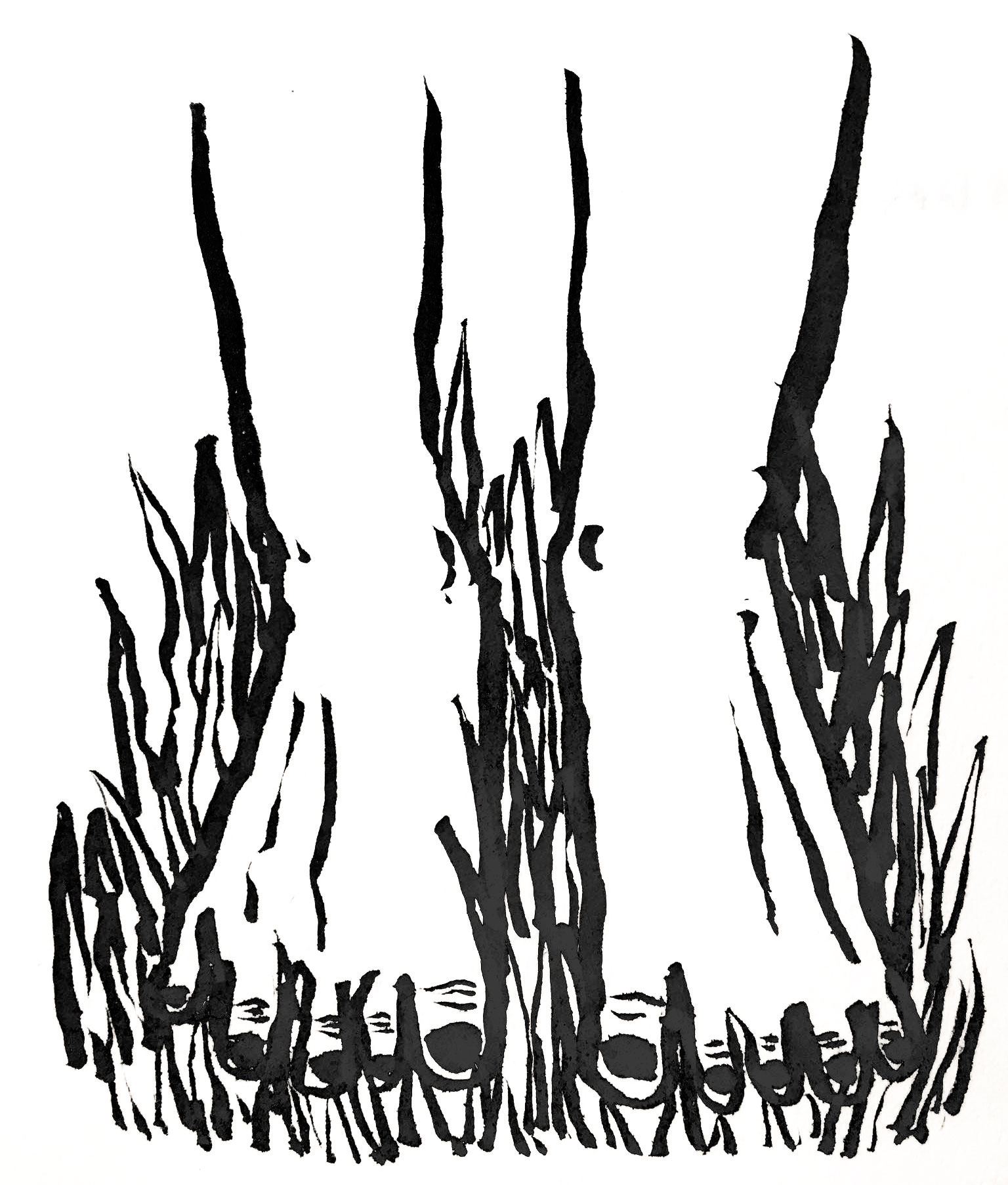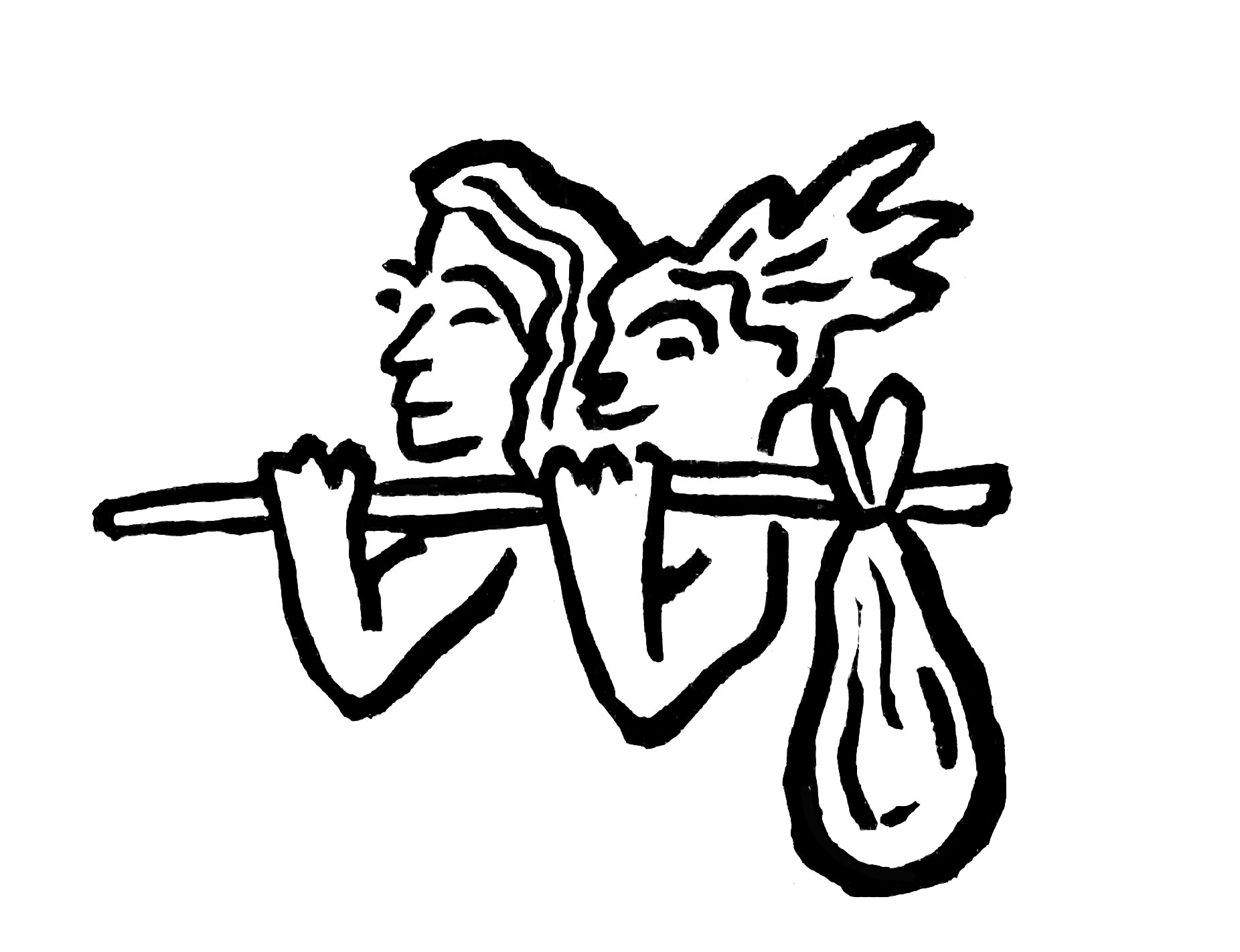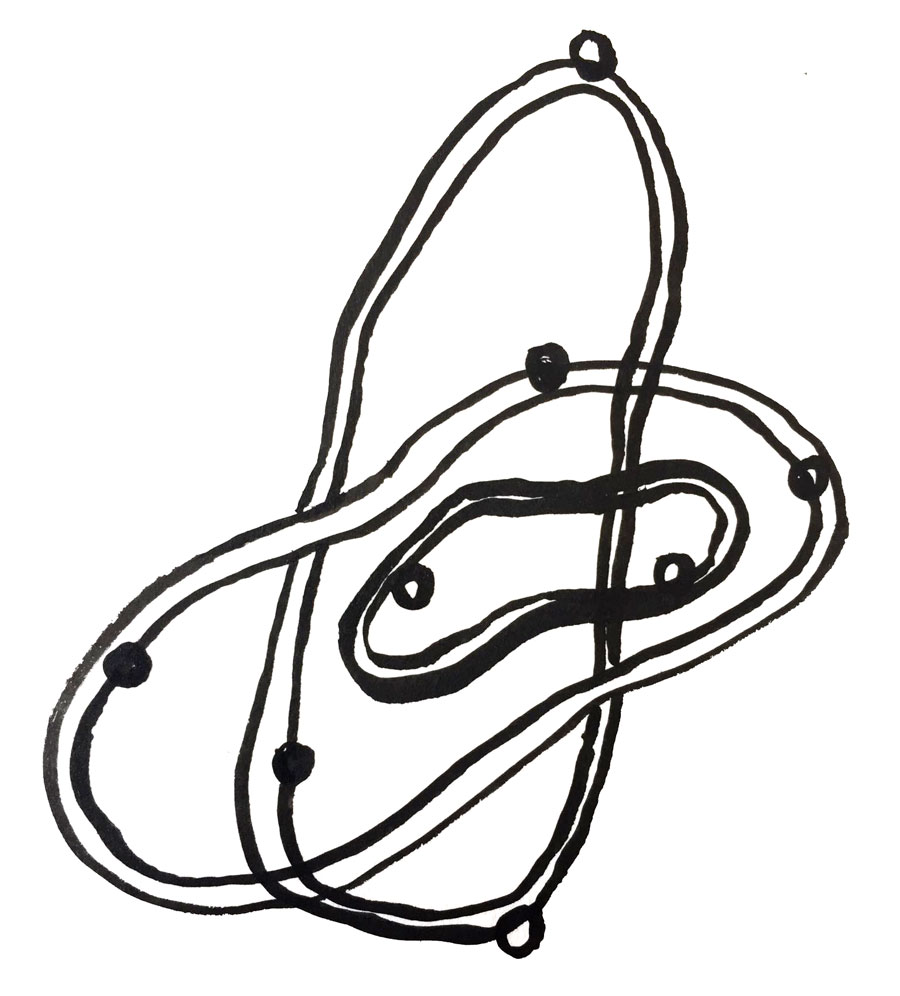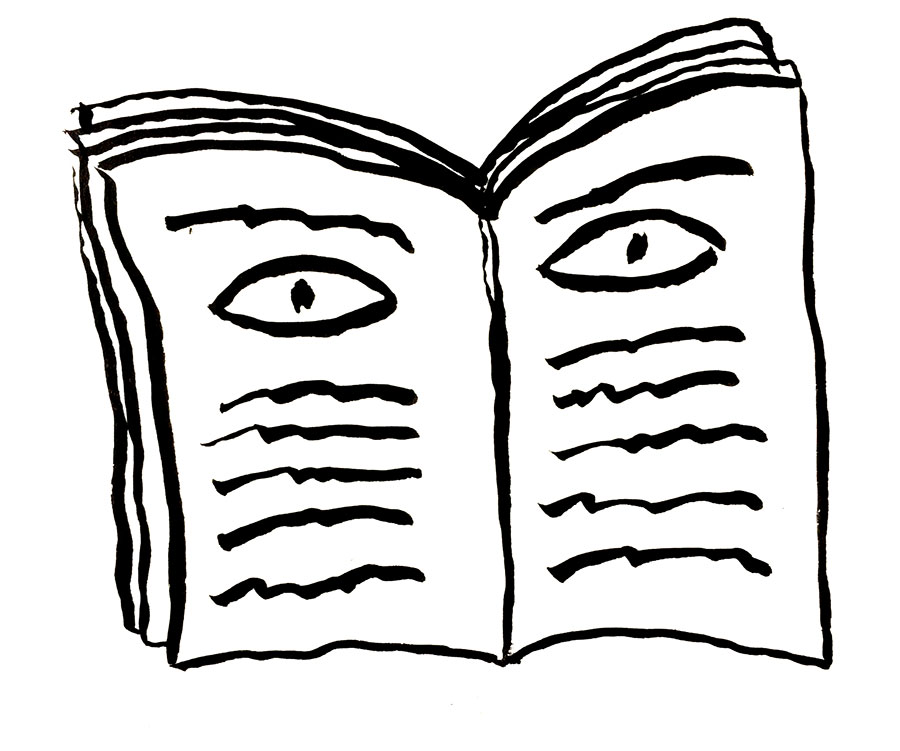In the process of creating and activating the “Living Equipment”, we seek input from different fields such as vernacular architecture, ecological theories, social and sustainable design, food culture, urbanism, low-tech, participatory art, performance art, anthropology…
The Living equipment tools can be used in combination or separately based on the project objectives and site characteristics. The reason we have integrated the use of relational tools into our art practice is that they allow us to activate relationships with the “social and physical ecosystem” but do not allow us to impose a predefined result.
The tools help us to create situations in which we come close to the local stories of the places we encounter. The narratives generated by these meetings are collected, reworked, and shared for example through lecture shows, workshops, publications, films, etc. We define the Living Equipment tools as unfinished objects because they are only completed when activated collectively.
We are researching places that oppose their identity to functional laws, places where other inner relational dynamics, geography, and time perception are created or can be imagined. In the urban context, we have mainly explored liminal* spaces to relate with the human and non-human users. We are intrigued by the moment of transition that characterizes them, as we can connect with their previous story and with the story that does not yet exist and which can still be inspired. As well in rural and mountain we are interested in how site-specific factors characterize the relation with the space and can generate narratives about human-animal and landscape relationship.
* Liminal place: Places with functions and meanings in transition, spaces in between two space-time conditions.
The concept of mobility is present in our project from different perspectives. How mobility can foster more sustainable relations with diverse socio-spatial environments and how as traveler artists we can find ways of collaborating with encounter spaces. We apply nomadic principles in how we relate with food, by collecting and researching edible wild weeds and other wild plant uses like dyes or paper making. In a city context, this applies to recycling and mapping the leftover resources that can be used in different places. Looking at vernacular itinerant and nomadic equipment from different geographies is also a big inspiration resource in the development of our equipment.
In 2021-2022 we took part in a one-year research project supported by the Academy of Fine Arts of Antwerp, 2021/2022. The research was part of the research group Body and Material Reinvented. For more info see this page.
Spaces, cultural projects, associations, etc we pass through with our practice that support and create room to experiment
- Future materials bank
- Gabriel Chaile
- Daniel Parnitzke
- Basia Irland
- Clementine Vaultier
- Yona Friedman
- Karl Philips
- Low-Tech Magazine
- Michael Rakowitz
- Monoskop
- N55 manuals
- Recetas Urbanas
- Rooftoptiguer
- Toestand
- Stalker
- Fanzinoteca Espigadoras
- Ecotopia Biketour
- Landra
- Carolina Caycedo
- Green Art Lab Alliance
– Berenstein Jacques, Paola. Elogio aos errantes. Editora da universidade Federal da Bahia. 2012.
– Bishop, Claire (ed.). Participation. Documents on Contemporary Art. 2016
– Carreri, Francesco. Walkscapes. Camminare come pratica estetica. Enaudi 2006.
– Doherty, Claire. From studio to situation. Black Dog Publishing 2004
– _____, Situation. Documents on Contemporary Art. Whitechapel Gallery. London / The MIT Press. Cambridge 2009.
– _____, Out of time, out of place. Public art (now). Art books publishing 2015.
– Dockx, Nico, Gielen Pascal, Commonism. A new aesthetics of the real. Valiz, Amsterdam, 2018.
– _____, Mobile Autonomy. Valiz, Amsterdam, 2015.
– Frank, Karen & Stevens, Quentin, Loose Space. Possibility and diversity in urban life. Routledge, Taylor & Francis Group, London and New York, 2007.
– Friedman, Yona. Alternative energetiche. Breviario dell’autosufficienza locale. Ed.Bollati Boringhieri, 2012.
– Friedman Yona, L'architettura mobile. Alba, Edizioni Paoline. 1972.
– Jane Jacobs, The Death and Life of Great American Cities, Vintage, London, 1992.
– La Pietra Ugo, Attrezzature urbane per la collettività. Cinquantasette disegni di riconversione progettuale, Corraini, 2013.
– Lynch Kevin, The Image of the City. Cambridge, MA: The MIT Press, 1960.
– Osterdorf – Rodriguez, Yasmine, Let’s become fungal. Ed. Valiz.
– Kwon, Miwon. “The wrong place”, in: Claire Doherty (ed.), From studio to situation. Black Dog Publishing, 2004.
– Kwon, Miwon. One place after another. Site-specific art and locational identity. The MIT Press, 2002.
– Parasite 2.0. Primitive Future Office. Ed. Plug_in, 2015.
-Parasite 2.0. Cosmology, subcultures, and urban wilderness.
– Rudofsky, Bernard. Architecture without architects. University of New Mexico Press, 1964.
– Stavrides, Stavros. Towards the city of thresholds. Ediciones Akal, 2016.
– Steel, Riet; Van Eeghem, Ely; Verschelden, Griet; Dekeyrel, Carlos. Reading Urban Cracks. Practices of Artists and Community Workers. Gent, University College and MER, 2012.
-Van Eeghem, Elly. (Dis)placed interventions. Making Public Space in Urban Landscapes, Gent, School of Arts, 2019
– Zanin, Piero. Significato del confine, I limiti naturali, storici, mentali. Bruno Mondadori, 1997. Online articles










